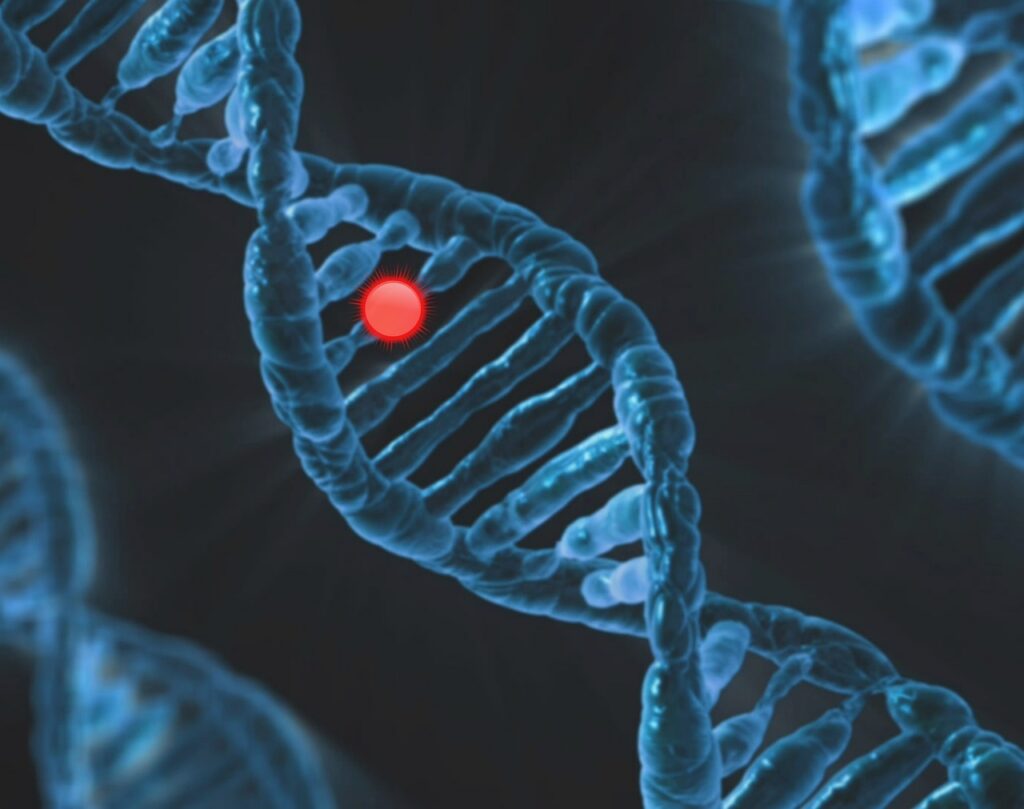TRUE OR FALSE (T OR F)
1.The cells in quiescent stage do not divide.
2. DNA replication does not occur when the cell is in its resting phase.
3. The duration of interphase for all type of cells in an organism such as human is the same.
4. In organism, growth is considered in terms of number of cells but not in terms of cytoplasmic content.
5. Growth and reproduction are characteristics of all living organisms but it is not for cells.
6. The cells that do not appear to exhibit to division exit the cell cycle.
7. M phase of a cell cycle involves nuclear division but not the cytoplasmic division.
8. During cell division, replicated chromosomes are distributed to daughter nuclei by a series of events that are genetically controlled.
9. When the different processes of cell division occur in a coordinated way, the progeny cells receives intact genomes.
10. Some cells in the adult animals divide only occasionally.
11. The chromosomal material becomes untangled during the process of chromatin condensation.
12. Prophase follows the S and G2 phases of interphase.
13. Without any exception, mitotic division in animals occur only in diploid somatic cells.
14. The new DNA molecules formed in S and G2 phases are not distinct but intertwined.
15. Plants can show mitotic divisions in both haploid and diploid cells.
16. Cell division is a regressive process and there is very clear-cut lines of distinction between various stages.
17. M phase involves a major reorganisation of virtually all components of the cell.
18. Meiosis involves recombination between sister chromatids of homologous chromosomes.
19. Cell division gets completed at the end of M phase.
20. Identity of chromosome is lost as discrete elements during interphase.
21. Spindle fibres attach ti the kinetochores of chromosomes during anaphase.
22. Two centrosomes alongwith asters and spindle fibres form mitotic apparatus.
23. The separated daughter chromatids in the anaphase are referred to as daughter chromosomes of the daughter nuclei.
24. In metaphase, one chromatids of each chromosomes is connected by its kinetochore to spindle fibres from one pole and its sister chromatids is connected by its kinetochore to spindle fibres from the opposite pole.
25. Nuclear envelop disintegrates at the beginning of metaphase.
26. Duplicated centrosome begins to move towards opposite poles during S phase.
27. The cell plate that is formed during cytokinesis in plant cells, represents the primary cell wall.
28. Based on chromosomal behaviour, prophase I of meiosis has five phases.
29. Animals never show equational division in haploid cells.
30. In mitotic cell division, two daughter nuclei are formed after telophase.
31. Chromosomes get aligned along metaphasic plate through microtubule of asters.
32. Condensation of chromosomes completed during metaphase.
33. The completion of prophase can be marked by the formation of compact mitotic chromosomes.
34. Tetrads of chromosomes are more clearly visible in zygotene stage.
35. Recombination nodules appear in pachytene stage.
36. The complex formed by a pair of synapsed homologous chromosomes is called a bivalent or a tetrad.
37. Meiosis involves one cycle of nuclear division and one cycle of cell division.
38. Chromosomes become visible during leptotene stage.
39. During diakinesis, chromosomes are fully condensed.
40. Second stage of prophase I is long-lived as compared to third stage.
41. The X-shaped structure formed at the site of crossover between homologous chromosomes is called chiasmata.
42. Crossing over that occurs during pachytene stage is the exchange of genetic material between homologoues chromosomes.
43. Homologous chromosomes remain linked at the site of crossing over by the end of pachytene.
44. Prophase I is typically longer and more complex when compared to prophase of mitosis.
45. The process of meiosis, per se, paradoxically, results in the reduction of chromosomes number by half.
46. Anaphase II begins with simultaneous splitting of the centromere of each chromosome.
47. Meiosis II has long prophase as compared to meiosis I.
48. S phase marks the phase of DNA replication and chromosome duplication.
49. Meiotic spindle is assembled to prepare the homologous chromosomes for separation during tje last phase of prophase.
50. When two gametes fuse, the chromosome number is restored to the value in the offspring.
51. Dyad of cells are formed during telophase I of meiosis.
52. During metaphase II , microtubules of the spindle get attached to the kinetochores of sister chromatids.
53. Meiosis II is identical to mitosis.
54. Chromosome number of the parent is conserved in the daughter cell because of meiosis.
55. Chromosomes reach the extremely extended stage during interkinesis.
56. Meiosis II does not initiate immediately after cytokinesis.
57. Sister chromatids move to opposite poles of the cell by contraction of microtubules attached to kinetochores.
58. Prophase II is followed by interkinesis.
59. Cytokinesis that follows telophase II resulting in the formation of tetrad of cells.
60. Most of the organelle duplication occurs during G 1 phase of cell cycle.
ANSWER
1.T, 2.F, 3.F, 4.F, 5.F, 6.F, 7.F, 8.T, 9.T, 10.T,
11.T, 12.T, 13.F, 14.F, 15.T, 16.F, 17.T, 18.F, 19.T, 20.F,
21.F, 22.F, 23.T, 24.T, 25.F, 26.F, 27.F, 28.T, 29.F, 30.F,
31.F, 32.T, 33.T, 34.F, 35.T, 36.T, 37.F, 38.T, 39.T, 40.F,
, 41.T, 42.T, 43.T, 44.T, 45.T, 46.T, 47.F, 48.T, 49.T, 50.F,
51.F, 52.T, 53.F, 54.F, 55.F, 56.F, 57.F, 58.F, 59.T, 60.T

2 thoughts on “NEET CH-10 CELL CYCLE AND CELL DIVISION”